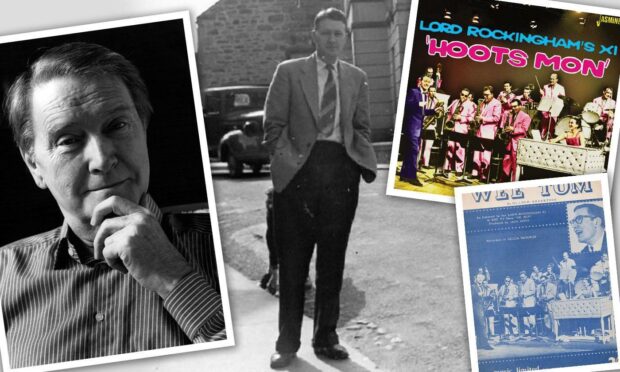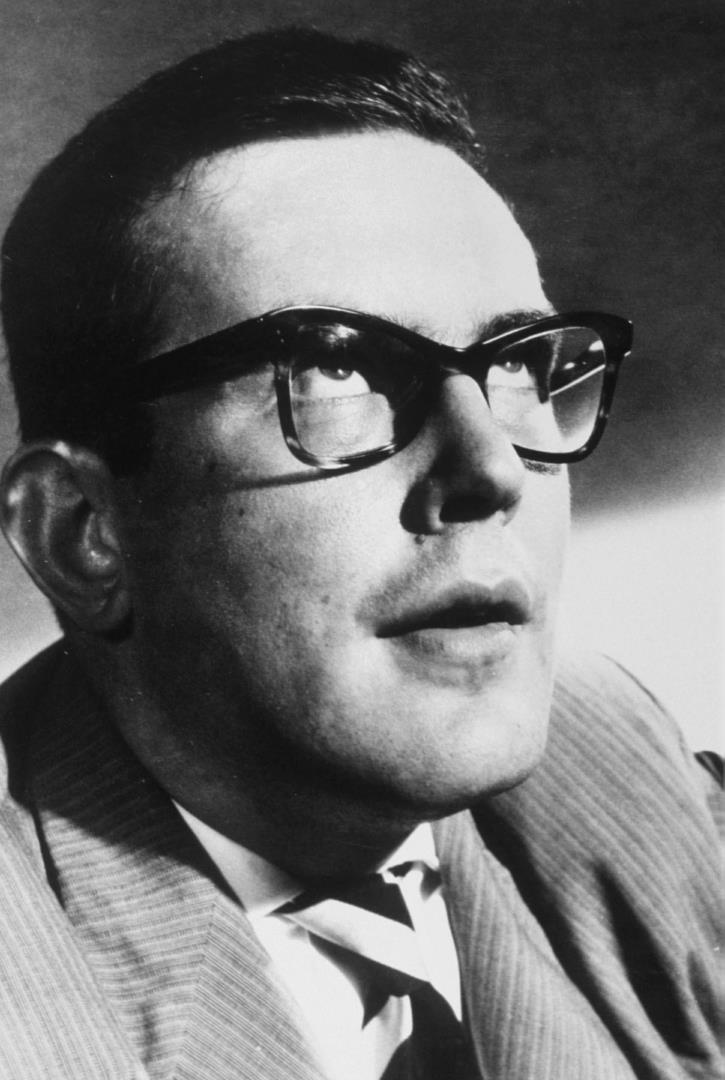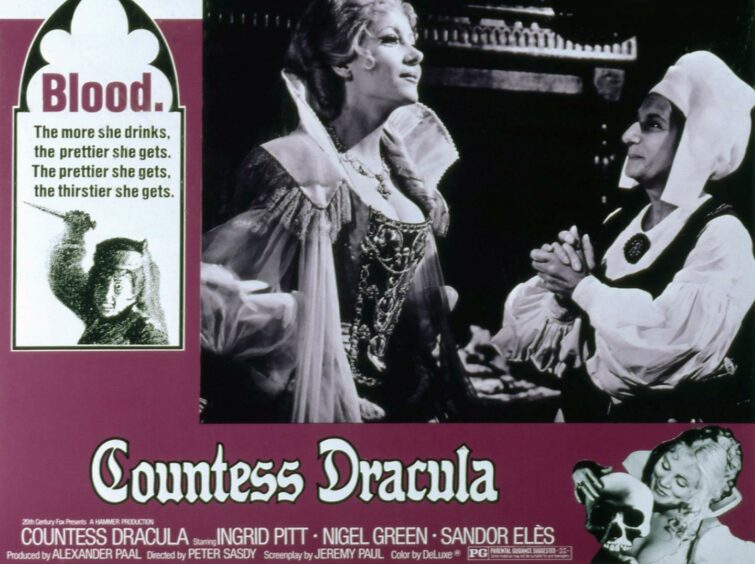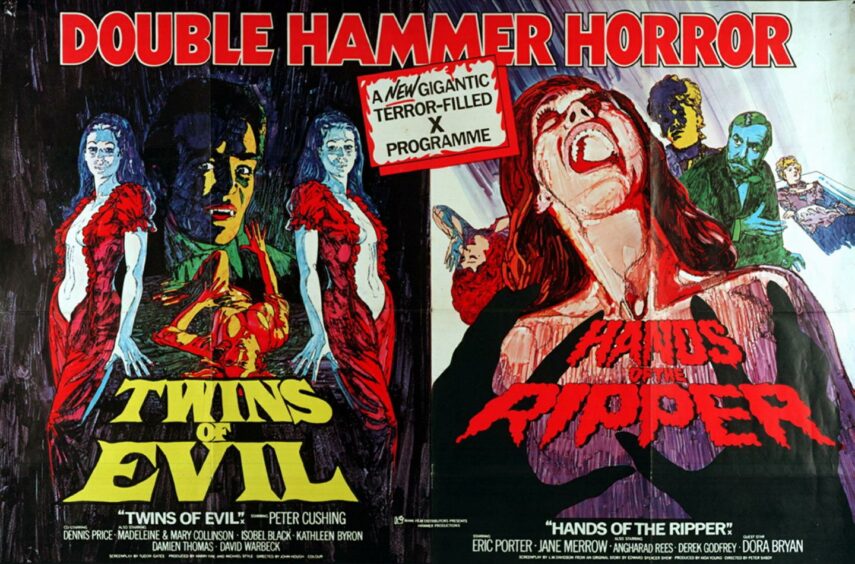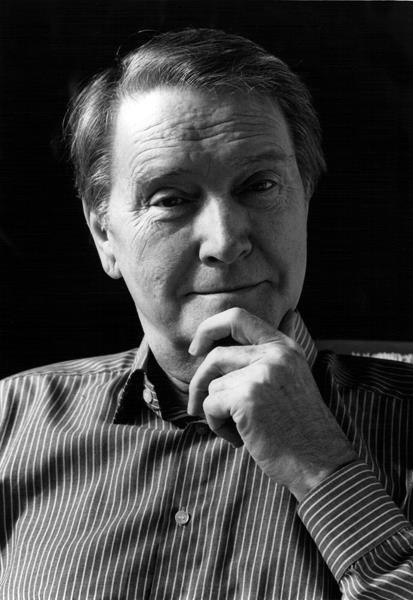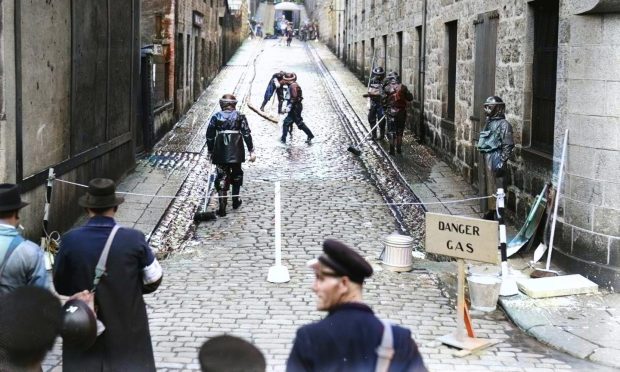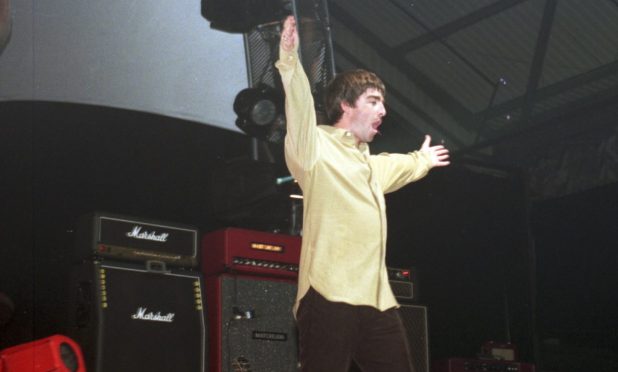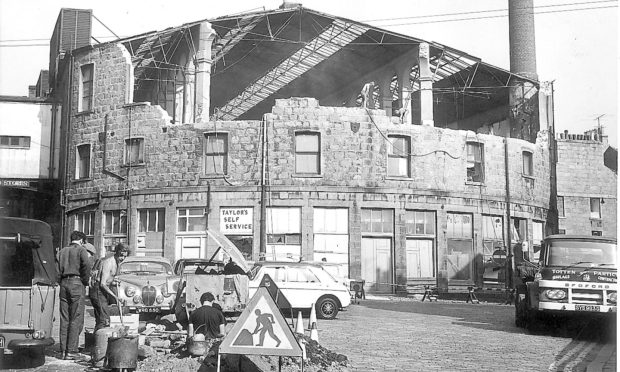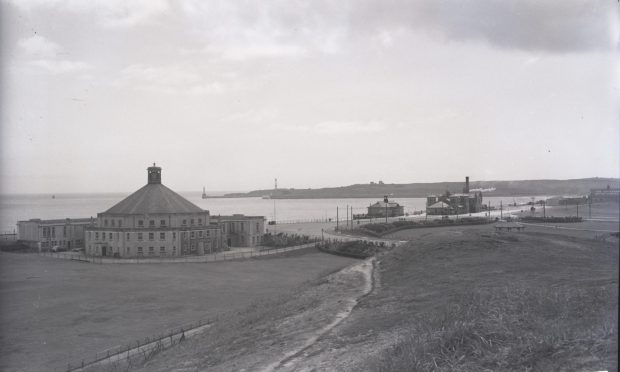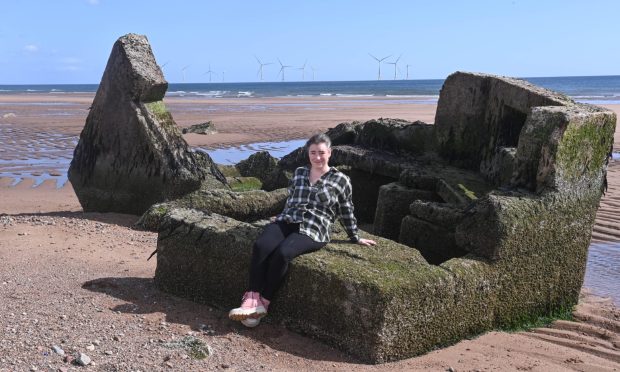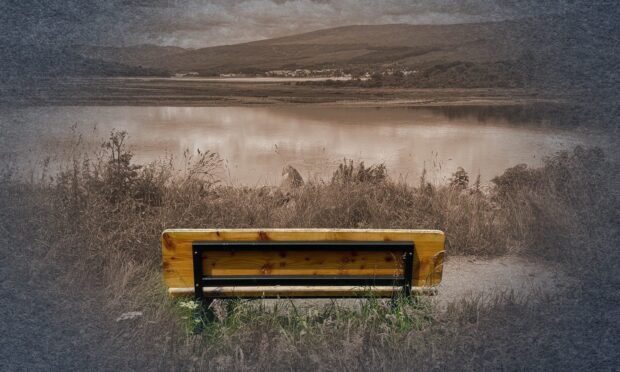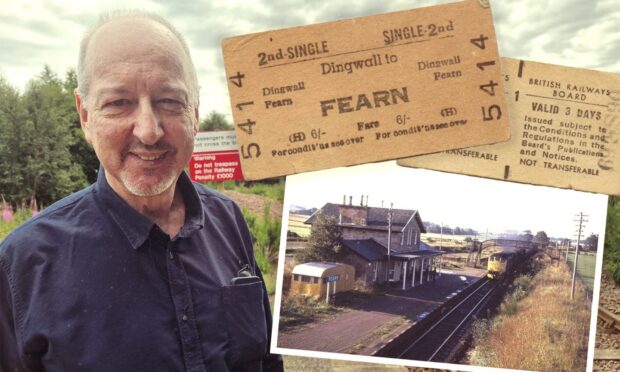Hoots Mon… there’s a moose loose about this hoose…
Remember that iconic song from 1958, featuring punching sax, Hammond organ and those cod-Scottish lyrics?
Once heard, never forgotten.
Apologies, you may now have this tune in your head for many a braw, bricht, moonlit nicht to come.
Hoots Mon was a massive hit, staying at the top of the UK charts for three weeks.
Lord Rockingham’s XI was the name of the novel rock/jazz band led by Elgin man Harry Robertson – or Robinson.
Henry ‘Harry’ MacLeod Robertson changed his name to Robinson after being issued a cheque in that name by Decca Records, and deciding life was too short and he was too hungry to argue the point.
In fact, Harry had created a hit totally steeped in the north – the song and jig came from The Hundred Pipers, attributed to Lady Caroline Nairne.
It commemorates the surrender of Carlisle to Prince Charles Edward Stuart on November 18 1745, after the battle of Prestonpans.
He “entered Carlisle on a white horse, with a hundred pipers playing before him, whose shrill music was not calculated to inspire the citizens with confidence in their grotesque conquerors”, according to Burtons History of Scotland.
It’s not known how much of all that was in Harry Robinson’s mind when he arranged his version, but he’d certainly spotted a stonking good tune, although it only earned the band members £6 apiece despite selling half a million copies.
Lord Rockingham’s XI were the 13-piece, mixed gender, mixed race house band for a TV rock show, Oh Boy!, created by Jack Good for the BBC.
Harry was the bandleader and became identified in people’s minds as Lord Rockingham, although Jack Good invented the name as a play of words on ‘rocking ‘em’.
It all turned rather awkward.
There had been a real Lord Rockingham in the 18th Century, a prominent Whig grandee and Prime Minister of Great Britain between 1765 and 1766 and again in 1782.
When he died in 1782 all of his titles became extinct.
One story is that his descendants brought a legal case against the band, which was settled out of court.
But others say it was Robinson and Good who had a legal tussle about which of them could use the name Lord Rockingham.
Eventually they settled on Good keeping television and recording rights, and Robinson being able to use the name on tour.
In a strange quirk of history, Harry married an actual Baroness, Ziki Arbuthnott, who inherited the Wharton Barony in 1990, now occupied by their son Myles Christopher David Robertson, the 12th Baron.
The original Lord Rockingham’s XI broke up with the end of the Oh Boy! TV show in 1959, but the name was revived for a couple of albums in the ’60s.
Although the band never quite surpassed the success of Hoots Mon, Harry had a lot more up his sleeve in terms of his musical career.
He had originally wanted to be an archaeologist, but his health was weakened by TB, which drove him to give up his academic studies.
He had learned piano and so became a music teacher but decided this wasn’t the way he wanted to convey his love of music and headed for London.
There, he started working occasionally as an arranger for Decca Records and musical director for Tommy Steele.
The TV pop shows followed, with the Six-Five Special in 1957 and Oh Boy! the following year.
His gift for musical arrangements saw him arranging and conducting the stage shows, Fings Ain’t Wot They Used T’Be in 1960, and Maggie May in 1964.
Hoots mon – it’s Hammer time
Harry was there when Great Britain took second place in the Eurovision contest of 1961, conducting The Allisons with Are You Sure?
He went on to write highly acclaimed string arrangements for English folk singers like Nick Drake and Sandy Denny, and nothing if not versatile, in 1968 he found an entry into the horror movie business.
He wrote the theme tune for a Hammer Film Productions TV series, Journey To The Unknown, not only as composer and arranger but also screenwriter.
Between The File Of The Golden Goose in 1969 and There Goes The Bride in 1980, Harry worked on 15 Hammer movies.
The Vampire Lovers, Lust For A Vampire and Twins Of Evil became firm favourites with soundtrack collectors.
He continued composing and script-writing after that, with Hawk And The Slayer (1980) Prisoners Of The Lost Universe (1982), Jane And The Lost City (1988) and, later, the scripts for The Electric Eskimo, The Boy Who Never Was and Sammy’s Super T-shirt.
He created and wrote the music for the TV series Virtual Murder.
Harry died on January 17 1996 in Wandsworth, London, aged 64.
You might also enjoy:
Unseen images of the Rolling Stones in Aberdeen in 1982 – in colour
